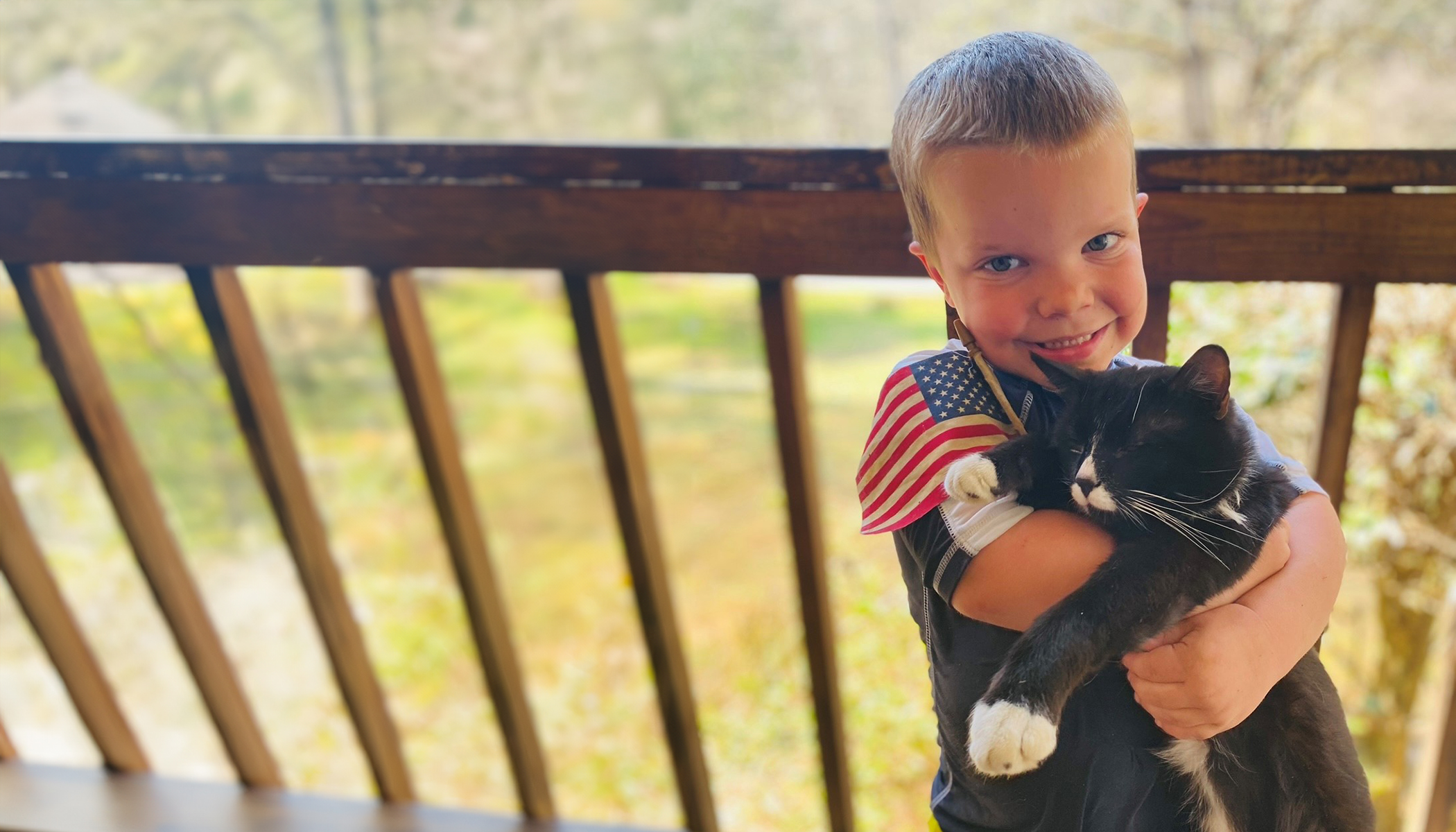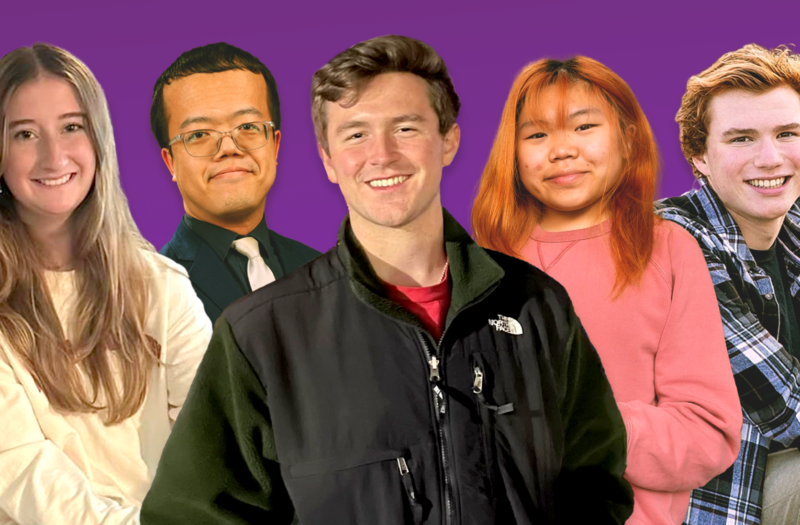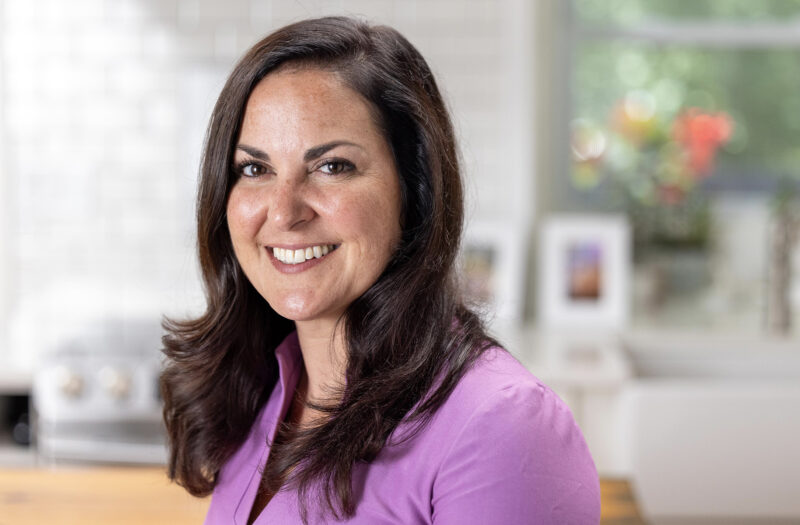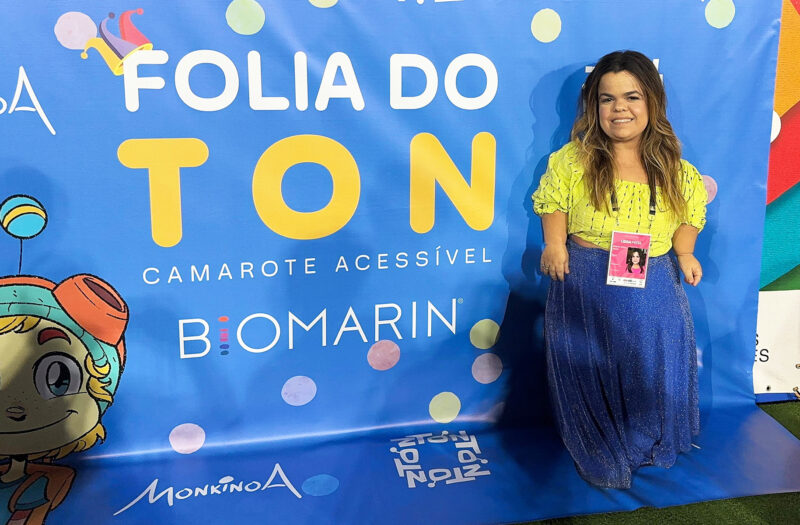A 100-Mile Road to Diagnosis: A Mother Shares Her Son’s Journey with Hypochondroplasia
March 14, 2024
Living in a rural community in the Blue Ridge Mountains of North Carolina, Lora Vance – a mother of nine – always knew she wanted a big family. So, when she was pregnant with her eighth child and all the prenatal appointments went well, Lora was excited to give her children a new sibling.
In December 2015, she gave birth to a healthy boy named Benjamin. But, only hours after the delivery, her world was turned upside down when the medical team at her hospital noticed differences in Benjamin’s body proportions.
“My heart sank when I realized something might be wrong,” Lora recalls.
Because no one at the hospital had experience with dwarfism, Lora was referred for further examination to the nearest healthcare team with relevant experience – almost 100 miles away in Winston-Salem. Still recovering from the delivery, Lora hit the road with her husband and newborn to visit the hospital, where Benjamin received X-rays and was then referred to a geneticist for genomic testing. More than two months later, Benjamin finally received a diagnosis of hypochondroplasia.
Hypochondroplasia is a genetic condition caused by a mutation in the fibroblast growth factor receptor 3 (FGFR3) gene that impairs bone growth. Unlike achondroplasia, the most common form of skeletal dysplasia leading to disproportionate short stature, people with hypochondroplasia typically present with less severe short stature and milder disproportionality.
“I was in shock after hearing about Benjamin’s diagnosis, and I immediately began searching online to learn about this condition that I had never heard of before,” Lora recounts. “That really was a double-edged sword. While I got some answers, it mostly made me fearful about what Benjamin would have to go through and stole my joy from what was supposed to be a very happy time for our family.”
Somewhere in Between
One of the first thoughts on Lora’s mind was how society would treat her son, and whether he would have a hard time growing up differently in their small town.
“We’ve dealt with mean comments from other kids, but what hurt the most was the reaction of adults,” Lora says. “These are people old enough to know better, but who still don’t make the effort to accept our son for who he is and educate their children to do so the same.”
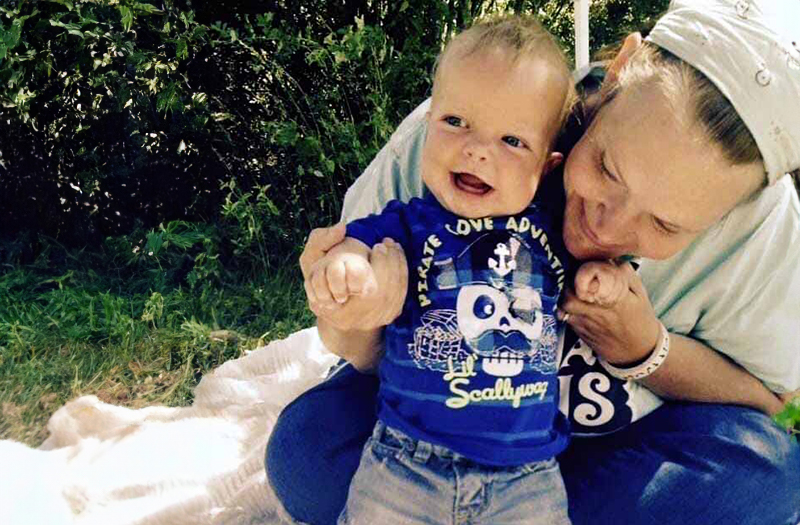
Benjamin and Lora when Benjamin was a toddler
Even within the dwarfism community, it’s been difficult for Benjamin to feel fully accepted. Because the features of hypochondroplasia are often less pronounced than other genetic growth-related conditions, Benjamin is considerably taller than the children he has met at gatherings with other members of the dwarfism community. As a result, he was cast into an “in between” space that further isolated him from the support of peers, even though he has experienced similar struggles, including chronic pain, cognitive difficulties and everyday challenges such as finding proper clothing and shoes.
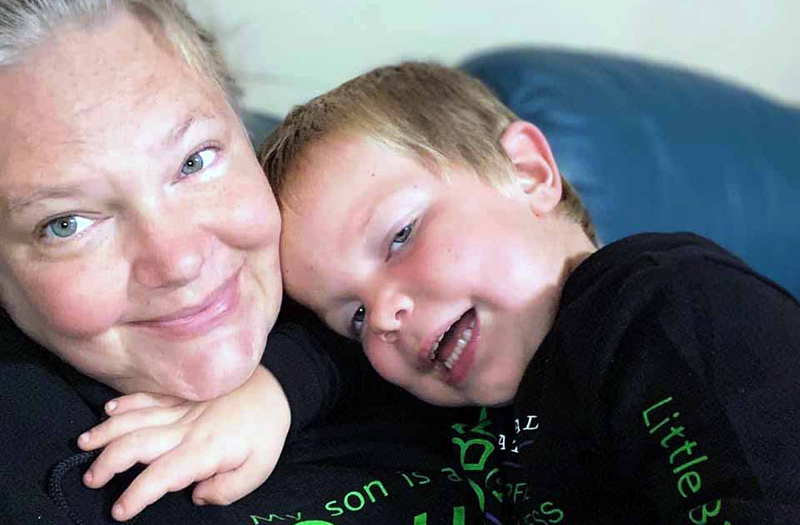
Lora and Benjamin
Hope for the Future
While there are currently no approved medicines for people with hypochondroplasia, new research and clinical trials are looking for ways to improve outcomes for people like Benjamin. In the meantime, families like the Vances continue to persevere. Benjamin enjoys a life that is typical for an 8-year-old boy living in the countryside. He spends his free time playing outdoors on his family’s farm – fishing, catching crawdads, and chasing around the goats and chickens. He is also pursuing education both through homeschooling and outside classes.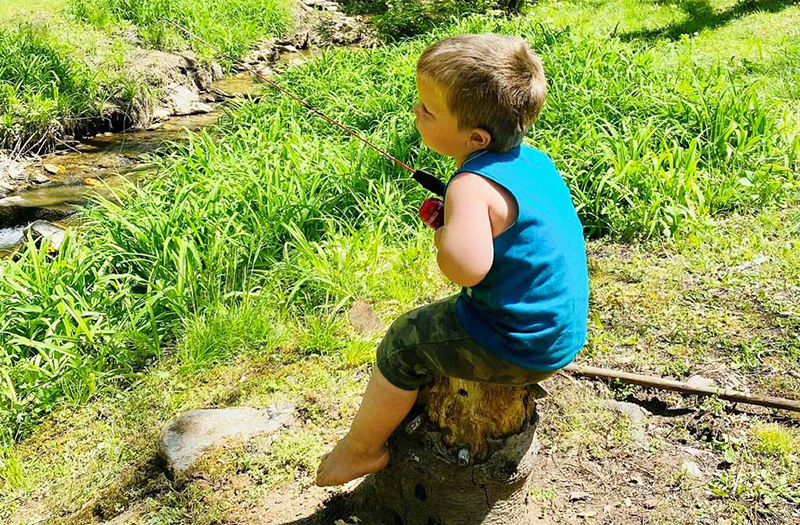
Benjamin enjoys outdoor activities such as fishing and playing with animals on his family farm.
Lora feels grateful for her family and the support system it has provided to Benjamin. Looking ahead to the future, she is determined to advocate for Benjamin’s acceptance, both in the family’s hometown and in society at large.
“He’s beginning to have more questions about his condition, and I want him to feel just as confident in life as his other siblings,” she says. “For me, a big part of that is helping make others aware of hypochondroplasia and the importance of finding common ground with people no matter how they look.”
